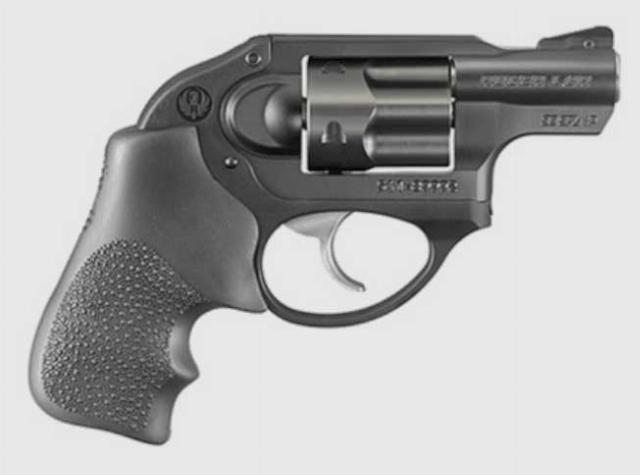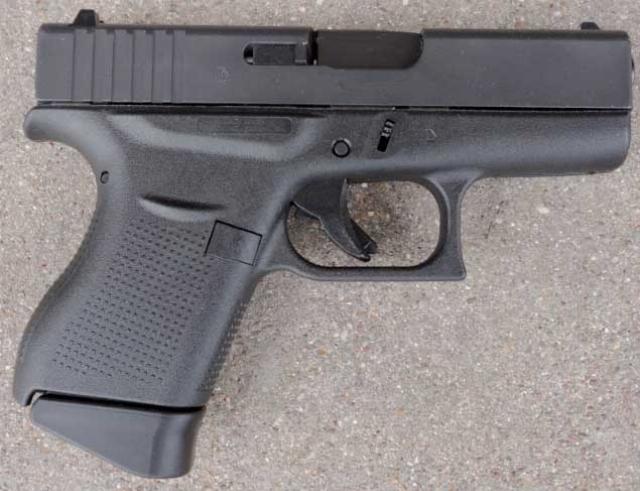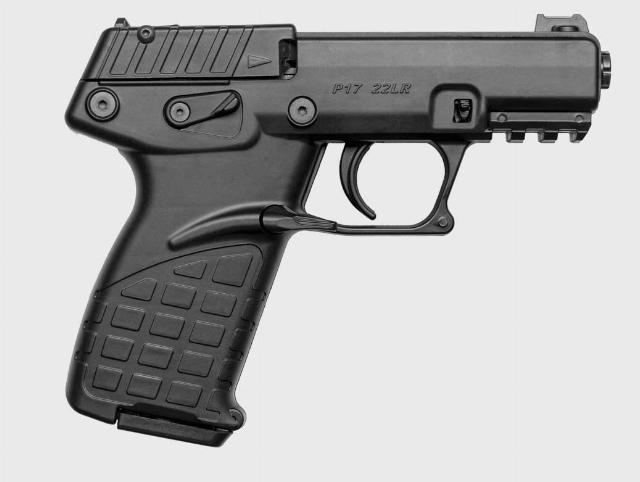Choosing a handgun for new shooters
I’m often asked which handgun a new gun owner should buy. It’s a more complex question that most imagine. I’ve been carrying handguns daily, with a badge and without, for half a century. I began that journey in a time when semiautomatic handguns were not as reliable as revolvers, and there were far fewer models and types available. I learned to shoot with revolvers and eventually transitioned to semiautos. I haven’t owned a revolver for decades.

Graphic: Ruger LCR, .38 Special revolver.
That said, revolvers are viable choices, yet less so than some would suggest. For a discussion of revolver strengths and weaknesses beyond the length of this article, go here. Small, concealable revolvers, and there are many on the market, are essentially expert’s guns. Their sights are rudimentary, their barrels short, grips small, they have long, heavy trigger pulls and they tend to hold only five rounds. Absent speedloaders, which are inconvenient to carry, they take a while to reload. In serious calibers like .38 special, they have considerable muzzle blast and recoil.

Graphic: Glock 43, Author.
A visit to most gun stores will confirm the prevalence of semiautos. They come in all sizes, and the number of concealable, accurate and utterly reliable models increases daily. Go here for a more in-depth article on semiautos. Models such as the Glock 43 are small, flat and easy to conceal, and hold seven popular and relatively inexpensive 9mm cartridges. Their recoil and muzzle blast are easily manageable, and with a spare magazine—one should always carry at least one spare with any semiauto--13 rounds are available. Despite their small size, most people can easily handle the 43, particularly with a magazine base plate finger rest.
The idea some people aren’t capable of cycling the slides of semiautos, or they should be carried unchambered, is uninformed. While it’s possible physical limitations might make this difficult for some few, with proper technique, virtually anyone can cycle virtually any semiauto, even the little girls I’ve trained. Go here for an article on those techniques.
Modern semiautos, with or without external safeties, are safe to carry chambered so long as one understands the mechanism, uses proper holsters and keeps one’s trigger finger in register—always outside the trigger guard, in contact with the frame, until milliseconds before firing (take the aforementioned link). Keeping the trigger finger in register is essential for any firearm.
I’m assuming one wants a handgun for self-defense, but particularly for new shooters, competent instruction and attention to a single handgun is vital. The old shooter’s axiom that the most dangerous person is one with a single handgun holds true. That’s because they practice with and know that handgun very well.
That said, the ideal for new shooters is to shoot not only correctly, but often, perhaps once a week. However, that’s expensive. A box of fifty 9mm cartridges can be had for about $14.00 dollars these days, which is about $5.00 more than they cost about five years ago, but much better than only a few years past. To shoot that often, it’s a good idea to have two handguns: one in .22LR caliber and one in the defensive caliber one intends to carry, usually 9mm or .380 auto. Revolver ammunition like .38 Special tends to cost much more than semiauto ammo.

Graphic: KelTec P-17, semiautomatic pistol, .22LR. 17 rounds
How much money would be involved? A Glock 43 currently retails for about $450, with two magazines and a magazine loader. Semiautos from other makers in the same class are about the same cost. A .22. such as the innovative KelTec P17, retails for about $200, with three 16-round magazines. Learning the basic manual of arms, trigger control and everything else involved with semiautos will be far less expensive with such a handgun, which also has far less recoil. Everything learned with a P-17 or similar handgun transfers directly to a larger caliber semiauto. KelTec even has a purpose-built holster available.
Actually, one could make do with something like a P17, even though many consider the .22LR cartridge too weak for self-defense. Certainly, one should carry the most powerful cartridge they can reasonably handle, which is why 9mm is so popular. It’s an excellent compromise between effectiveness, affordability, availability, concealability and low recoil. However, what counts is accuracy, and a hit with a .22 is far preferable to a miss with anything else.
Virtually every manufacturer now makes .22 self-defense cartridges optimized for short-barreled pistols. They’re slightly more expensive than common .22 ammo, but all are far less expensive than 9mm.
This is really a book length topic, but beginning with a good .22 pistol like the P-17, or more expensive Glock 44, with the intention to develop good skills and confidence, and eventually buying a more powerful handgun, is a reasonable plan.
Mike McDaniel is a USAF veteran, classically trained musician, Japanese and European fencer, life-long athlete, firearm instructor, retired police officer and high school and college English teacher. He is a published author and blogger. His home blog is Stately McDaniel Manor.





